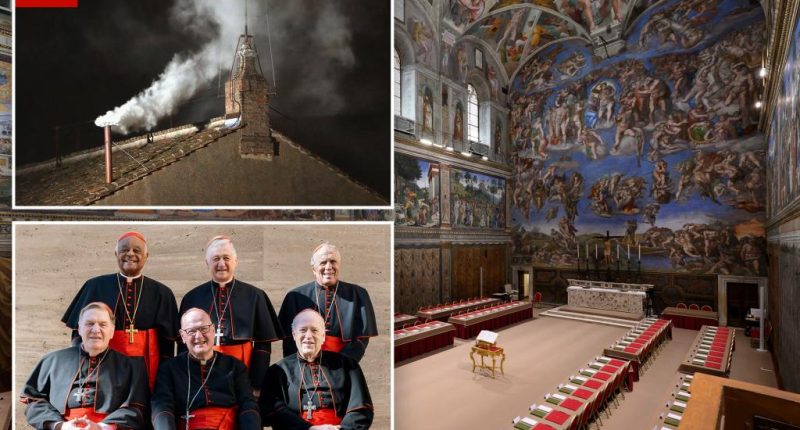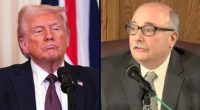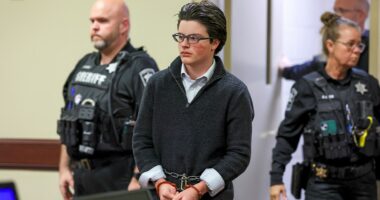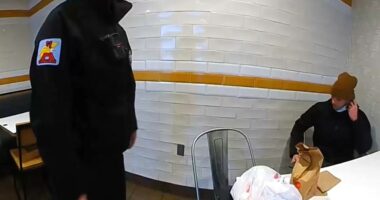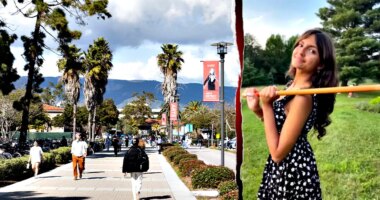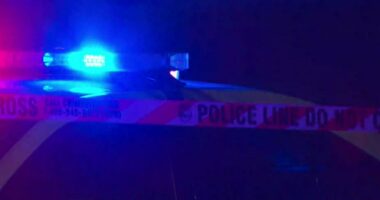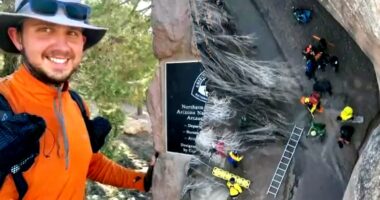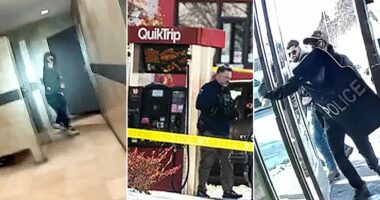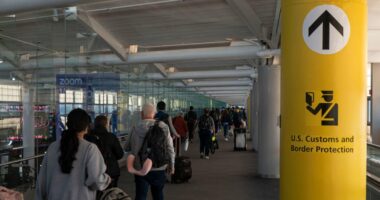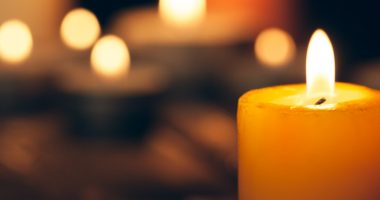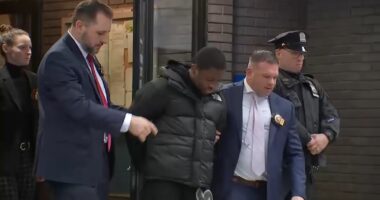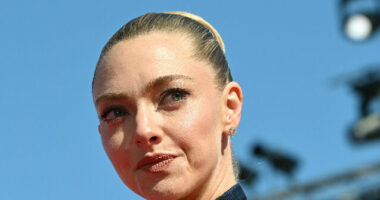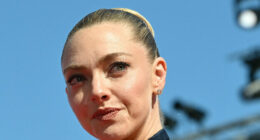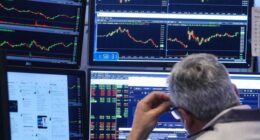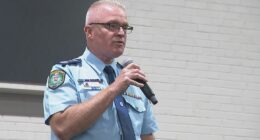Share this @internewscast.com

On Wednesday, Roman Catholic cardinals will commence the task of electing a new pope, secluding themselves from the world in their quest to select someone who can unify a diverse yet divided global Church.
Following a tradition that dates back to medieval times, the cardinals will enter the frescoed Sistine Chapel in the Vatican after a public Mass at St. Peter’s Basilica. There, they will initiate their secret conclave to find a successor to Pope Francis, who passed away last month.
Historically, it has been centuries since a pope was elected on the first day of a conclave. Hence, the voting process might last several days before one of these red-hatted Church dignitaries achieves the required two-thirds majority to be named the 267th pontiff.
There will be only one ballot on Wednesday.
Thereafter, the cardinals can vote as many as four times a day.
Black smoke from a chimney on the roof of the chapel will mark an inconclusive vote, while white smoke and the peeling of bells will signal that the 1.4-billion member church has a new leader.
The pope’s influence reaches well beyond the Catholic Church, providing a moral voice and a call to conscience that no other global leader can match.
Cardinals in recent days have offered different assessments of what they are looking for in the next pontiff.
While some have called for continuity with Francis’ vision of greater openness and reform, others have said they want to turn the clock back and embrace old traditions.
Many have indicated they want a more predictable, measured pontificate.
A record 133 cardinals from 70 countries will enter the Sistine Chapel, up from 115 from 48 nations in the last conclave in 2013 — growth that reflects Francis’ efforts to extend the reach of the Church to far-flung regions with few Catholics.
No clear favorite has emerged, although Italian Cardinal Pietro Parolin and Filipino Cardinal Luis Antonio Tagle are considered the front-runners.
However, if it quickly becomes obvious that neither can win, votes are likely to shift to other contenders, with the electors possibly coalescing around geography, doctrinal affinity or common languages.
Among other potential candidates are France’s Jean-Marc Aveline, Hungary’s Peter Erdo, American Robert Prevost and Italy’s Pierbattista Pizzaballa.
“Wait and see. It takes some patience,” Italian Cardinal Mario Zenari told reporters on Tuesday.
As in medieval times, the cardinals will be banned from communicating with outsiders during the conclave, and the Vatican has taken high-tech measures to ensure secrecy, including jamming devices to prevent any eavesdropping.
The average length of the last 10 conclaves was just over three days and none went on for more than five days. A 2013 conclave lasted just two days.
The cardinals will be looking to wrap things up quickly again this time to avoid giving the impression that they are divided or that the Church is adrift.
Some 80% of the cardinals who enter the Sistine Chapel on Wednesday were appointed by Francis, increasing the possibility that his successor will in some way continue his progressive policies despite strong pushback from traditionalists.
Among their considerations will be whether they should seek a pope from the global south where congregations are growing, as they did in 2013 with the Argentinian Francis, hand back the reins to Europe or even pick a first U.S. pope.
